How do you spend your time at KMD?
What are your dreams for the future?
An honest conversation with seven students.
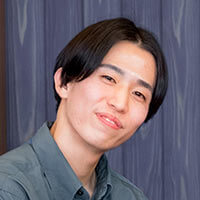
Hiromasa Ogawa
Japan
Second-year master’s student
Real Project: Embodied Media
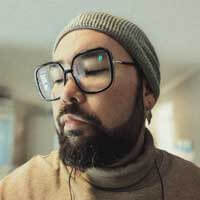
Lucas Ogasawara De Oliveira
Brazil
Second-year master’s student
Real Project: Embodied Media
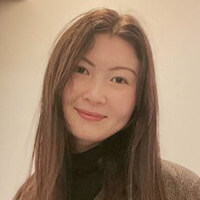
Annika Kondo
Denmark
Second-year master’s student
Real project: PLAY
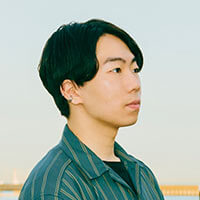
Yasutomo Yamaguchi
Japan
Second-year master’s student
Real Project: Future Crafts
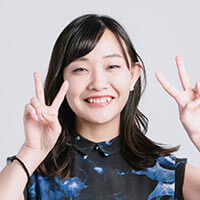
Nao Ou
Japan
Second-year master’s student
Real Project: Embodied Media
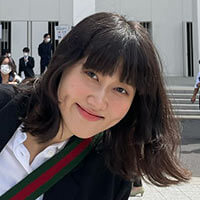
Xin Wan
China
Second-year master’s student
Real Project: Global Education
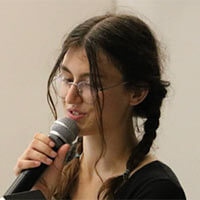
Ewa Szyszka
Poland
Second-year master’s student
Real Project: Geist
Tell us why you enrolled at KMD and about the project you’re working on right now.
Hiromasa: I studied engineering at a Japanese college of technology (KOSEN). I first learned about KMD from my classmates and teachers while I was participating in a student venture project and struggling to decide whether to start working full time or continue my education. I wanted to expand my understanding of design and management in addition to my knowledge of engineering. For my role in the Embodied Media project, I am combining my personal background in street dance and engineering to develop a device that can enable anyone, even beginners, to experience the excitement of dance.
Nao: After graduating from college, I began working in IT. While working at my company, I was impressed by their proactive efforts to promote accessibility. I decided to enroll at KMD because I wanted to use technology to contribute to solving problems. In the Embodied Media project, I am conducting research on how haptic technology can be used to engage with the human psyche.
Xin: While I was a student in the Keio University Faculty of Economics, I met students from the Graduate School of Media Design and heard about their projects at the KMD forum. They seemed really interesting, so I decided to enroll. At first, I didn’t have a clear vision of what I wanted to do for my research, but as I participated in my KMD Real Project, my interest in education deepened. I am currently researching education related to food and sustainability for the Global Education project.
Lucas: After I graduated from the Arts Institute at the State University of Campinas (Unicamp), I started working in the film industry producing both fictional works and documentaries. For my next step, I wanted to explore possibilities in fields outside of the entertainment industry and so I came to KMD on a scholarship as a member of the Japanese-Brazilian community. For the Embodied Media Lab, I am investigating intersectionality on human–computer interaction (HCI) combining arts, sociology studies, robotics and haptics.
Annika: I am originally from Denmark and studied Media Design at a university there. However, I had always wanted to study in Japan, so after I graduated, I enrolled at KMD to continue my studies. For the PLAY project, I am collaborating with telecommunications companies to research our sense of smell.
Yasutomo: While I majored in Design in college, I wasn’t sure what I wanted to do after graduation. I had a friend studying at KMD at the time and they told me about their experiences. I wanted to learn more about design theory, business, and management strategy, so it seemed like a perfect fit. For the Future Crafts project, I am using my background living in Hokkaido to conduct machine learning and other research on how to provide novel learning opportunities for the indigenous Ainu people of the area.
Ewa: I’ve always been very interested in Asian cultures. I thought of Japan as being especially technologically advanced, so I decided that I wanted to study at a Japanese university for grad school. From the options I was looking at, KMD had multiple intriguing research themes and opportunities, as well as an open learning atmosphere that I found appealing. I am researching the development of a haptic diving suit for the Geist project. The suit would use a diver’s sense of touch to communicate information and allow them to navigate underwater more safely.
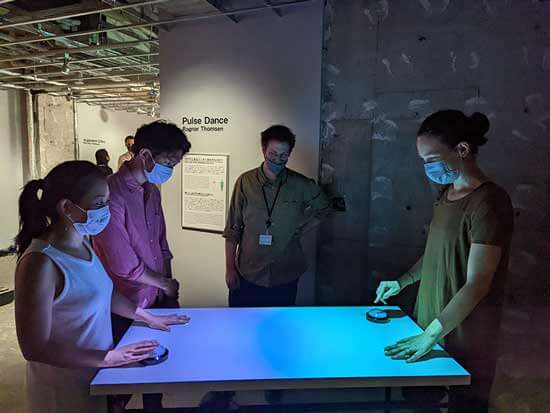
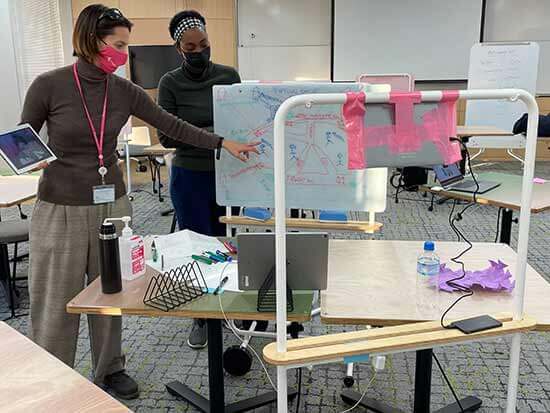
What is typical life like as a KMD student?
Annika: My first semester was completely online, so it was hard to get used to it, but after the next semester started there were more opportunities to go to campus. My normal life involves working as a student assistant in the Project Room where I can spend lots of time talking to other project members and general students.
Ewa: I also had few interactions with other students at first due to student conduct restrictions. As the number of in-person classes increased, though, I was able to join the judo and powerlifting clubs and make lots of friends. Now, I go to campus four times a week. On my days off, I go out or work at my part-time job.
Yasutomo: Once we entered 2022, there were finally more opportunities to try things off-campus, give presentations at academic conferences, and exhibit some of the progress I’ve made on my project research. Other than my research activities, I work as a graphic designer and take requests within KMD to practice my skills.
Hiromasa: For the most part, I spend my time at the Embodied Media lab in Takeshiba. Outside of school, I work as the CEO of a student venture. I work with other members that I met back during my time in technical college to develop apps and do sales and merchandising.
Nao: I like to focus on my research, so I am using money that I saved up from my old job in order to give it my single-minded attention.
Xin: Right now, I am mostly doing fieldwork, workshops, or other activities, so I don’t make it to campus very often. I would say that I am enjoying my student experience to the fullest, though, since I get to spend time eating out and going to theme parks with friends.
Lucas: I spend most of my time in the KMD Project Room. The room functions as more than just a research space, so I get to hang out with other project members and my other friends. Off campus, I am interested in gastronomy and trying new types of food.
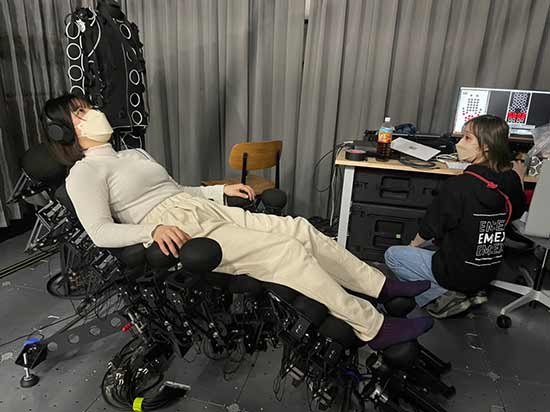
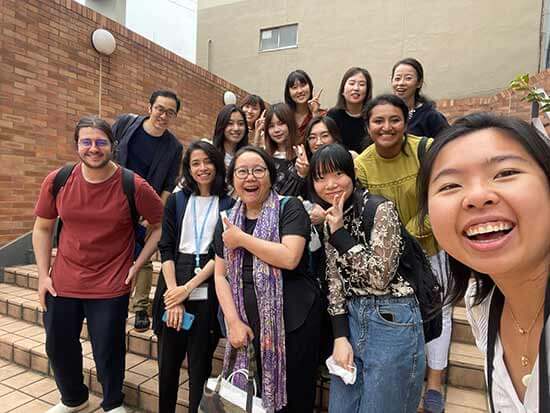
Are there any events or programs at KMD that have been particularly impressive?
Hiromasa: First-year master’s students in Embodied Media participate every Spring Semester in the International Collegiate Virtual Reality Contest (IVRC). We had to create and submit content for consideration between April and December. I was thrilled because our year’s team was the first to win the competition from KMD.
Nao: I was on the same team. I had little experience in monozukuri, the Japanese way of “making things,” but through the help of my upperclassmen and the experience in general, I was able to get closer to a variety of people and learn communication skills that wouldn’t be used in regular classes.
Lucas: I got to participate in Embodied Media’s annual “Recombinant” exhibition. The exhibition has live performance and art installations. I used my skills as a film producer to act as one of the organizers for the entire event. It was an invaluable experience to get feedback from the attendees.
What advice do you have for people thinking about applying to KMD?
Yasutomo: I think that KMD is a place where people can accomplish anything they want to do. The faculty is very supportive, so it is a wonderful environment for anyone wanting to pursue their passion.
Hiromasa: I think that KMD is a great fit for people who have a clear vision of what they want. When those types of people enroll, their individual personalities have a way of creating more and more new and exciting things from interacting with each other.
Lucas: In some ways, I think that KMD is a relaxing space. Because students are given so much freedom, there’s a chance for you to examine yourself and really take the time to learn from other people around you.
Annika: I think that it’s important that students are open-minded and like to take on challenges. Classes are important, but you can learn the most from communicating with other students. My hope would be for the applicant to take advantage of this environment and draw inspiration from multiple angles.
Xin:I feel the same way. If you’re interested in something, it’s important to try talking to your upperclassmen or other people around you.
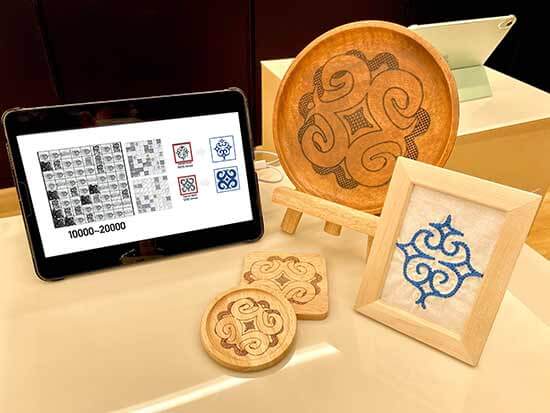
What are your dreams for the future?
Hiromasa: I have made so many connections here at KMD which I have incorporated into my essence in new ways. I sense incredible possibilities lie in working together with my colleagues and friends, so I hope to continue doing monozukuri with a diverse variety of individuals moving forward.
Yasutomo: After graduation, I want to work in design. Eventually, I would like to take those skills I get from that job to return to Hokkaido and create spaces and environments where people can practice design and monozukuri.
Nao: I want to continue to contribute to the well-being of my family and friends, both in my work and in my hobbies.
Annika: I hope to get a job in a multicultural and diverse work environment where design and monozukuri play a key role in my life.
Xin: The KMD Real Project has instilled in me an interest in education, so I hope to further research this area and eventually find a position where I can be involved in the education sector.
Lucas: No matter what I end up doing in the future, I will always want to prioritize equality and how I can help make the world a better place.
Ewa: I am currently hoping to enter a PhD program. After that, I think I would like to work in software development or R&D. My ultimate goal is to start my own company.

(This interview was held in March 2023.)